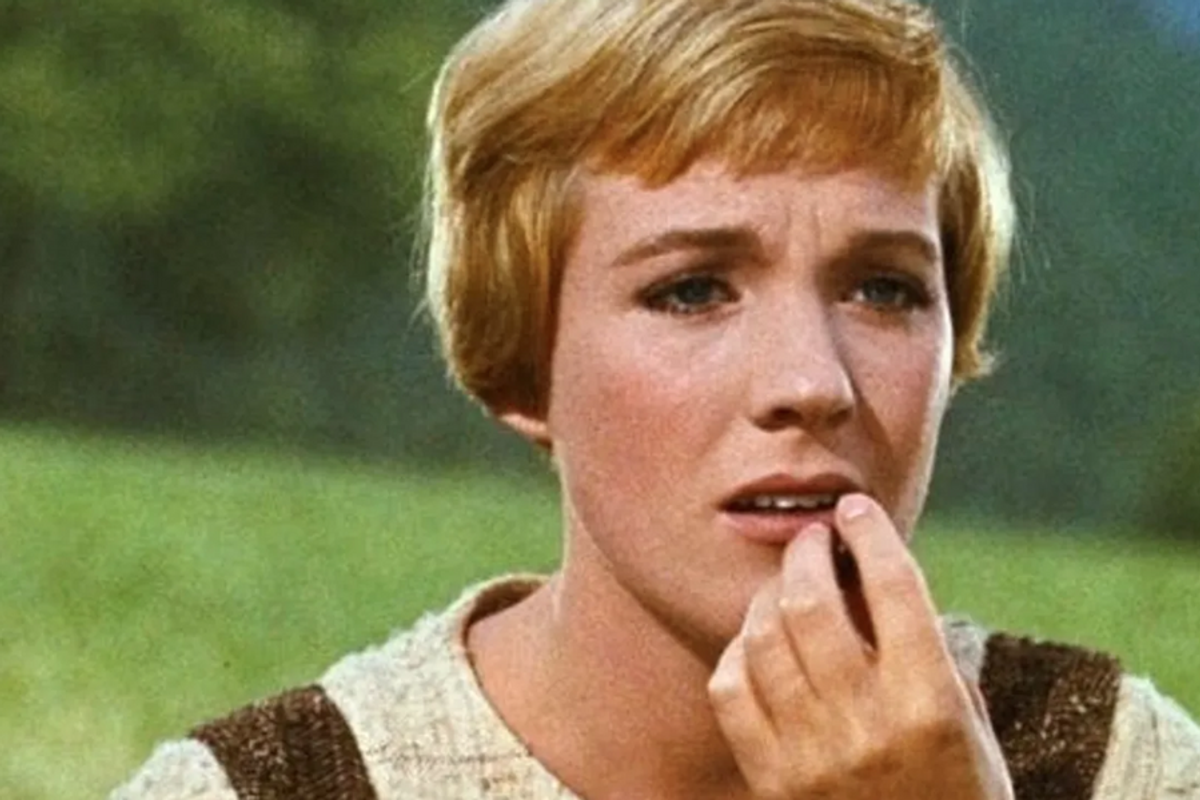Homophobe gets flawlessly murdered by words for comparing Pride Month to Nazi Germany.
This clap-back deserves its own parade 😂😂😂🏳️🌈🏳️🌈🏳️🌈

It's Pride Month, which many members of the heterosexual community choose to interpret as a time to celebrate their desire for victim hood by whining about how they don't get a month/parade/enough attention. It's exhausting and takes energy and focus away from the whole point of Pride Month: celebrating and empowering the LGBTQ community, and also, selling them things.
A prime example of attention-deprived cis, straight folks trying to make Pride Month about THEM, as if every freaking day isn't already about them, comes from a guy who goes by "A Gift from God" on Twitter. Sure, if by "God" you mean a cat, and by "gift" you mean a partially decomposing rat carcass.
This guy recently posted one of the worst tweets I've ever seen, and I've seen all the tweets. It did not end well for him. Here is the tweet, I am sorry:
"Being a heterosexual during #PrideMonth is like being a Jew back in nazi Germany," he wrote, before making his profile private (surely the best and only good decision this man has ever made). But too late—because this very, very, very bad tweet was captured by someone who posted it on Reddit, where it provoked this absolutely perfect clap-back from someone who goes by "GaydolphShitler." They wrote:
It's true. A sympathetic gay couple have sheltered me in their attic for the last 5 days. The gaystapo came yesterday and interrogated my benefactors, but they didn't search the house. At least not this time.
I'm putting them in terrible danger, but I don't know what else to do. I know what happens to those who protect breeders. They know it too. How long will the be willing to risk their lives for me? I trust them; I have to. What happens when the closet police come back, though? What happens when they are forced to choose between their safety and mine? I pray it doesn't come to that.
A crowd was marching in the street today. I could hear then chanting "YASS QUEEN, YASS QUEEN" through the walls of my hiding place. I can't tell if it's the stomp of their thigh high boots or my own shaking, but it feels like an earthquake. An earthquake inside my own head... my god, there's so many of them. I need to stay positive, but I can feel the spidery thread of hope slipping through my fingers.
Why didn't I listen after homonacht? I could have left. There was still time, but I didn't listen. There's no escape now; only hiding. Hiding and waiting for Pride Month to be over.
And THAT, my friends, is how you murder someone with words. The beautiful and epic takedown was captured and reposted on the sub-Reddit "MurderedByWords" where it went extremely viral. Here you can see the entire exchange in all its beauty:
Never been prouder to be a member of the LGBTQ community AND the Reddit community. Happy Pride to all except the homophobic shitbags!!!!!!
This article originally appeared on SomeeCards. You can read it here.
- For queer Muslims, Pride month is all the more special. ›
- Philadelphia added 2 new stripes to the Pride flag. Here's what they ... ›
- Disney will hold its first official Pride event this year because the ... ›
- What do kids really think about LGBTQ Pride month? ›
- She was getting ready for Pride. What her grandma did brought the ... ›
- Amid backlash, Target still launched its annual LGBTQ pride line ... ›
- What Pride means to me, as a still closeted queer woman ›
- BMW faces scrutiny over Pride Month - Upworthy ›
- Tig Notaro comes out to her sons - Upworthy ›
- Wishing all the homophobes a super uncomfortable Pride month - Upworthy ›
- Straight guy has chill reaction to Pride parade - Upworthy ›
- What English sounds like with German syntax - Upworthy ›
- Barack Obama celebrates pride month by tweeting an amazing photo of a Sikh man in a special turban. - Upworthy ›
- Pride Month Resource Kit for Journalists | GLAAD ›
- News about #pridemonth on Twitter ›
- LGBT Pride Month 2018: What to know about its history, events ... ›
- Pride Month: What to know about the LGBTQ celebration - CNN ›
- Pride Month 2019 - National Awareness Days Events Calendar ... ›
- Get Involved with HRC at a Pride Near You | Human Rights Campaign ›
- Pride Month 2019 Marks the Stonewall 50th Anniversary: The ... ›
- LGBT Pride Month ›
- Gay pride - Wikipedia ›






 Tony Trapani received the most important letter of his life, but he didn't see it for 50 years Photo by
Tony Trapani received the most important letter of his life, but he didn't see it for 50 years Photo by  Tony and Samuel didn't waste time thinking about what might have been if he'd seen the letter earlier. Photo by
Tony and Samuel didn't waste time thinking about what might have been if he'd seen the letter earlier. Photo by 
 Christopher Plummer and Julie Andrews on location in Salzburg, 1964
Christopher Plummer and Julie Andrews on location in Salzburg, 1964 


 A German Shepard relaxing in grass.via
A German Shepard relaxing in grass.via  A German Shepard puppy taking a breather.via
A German Shepard puppy taking a breather.via